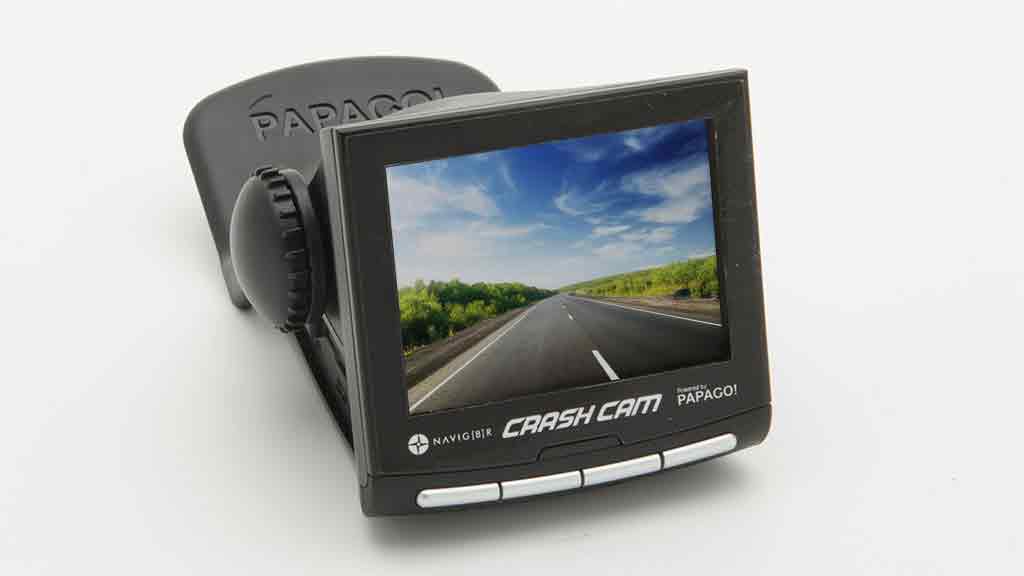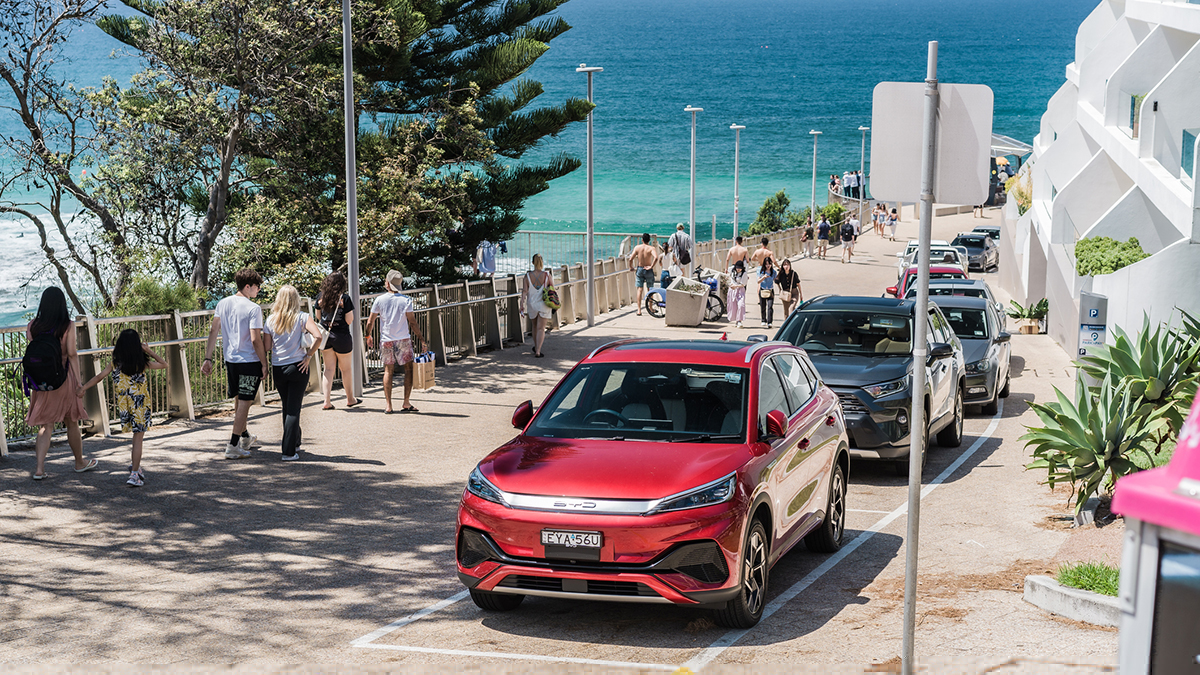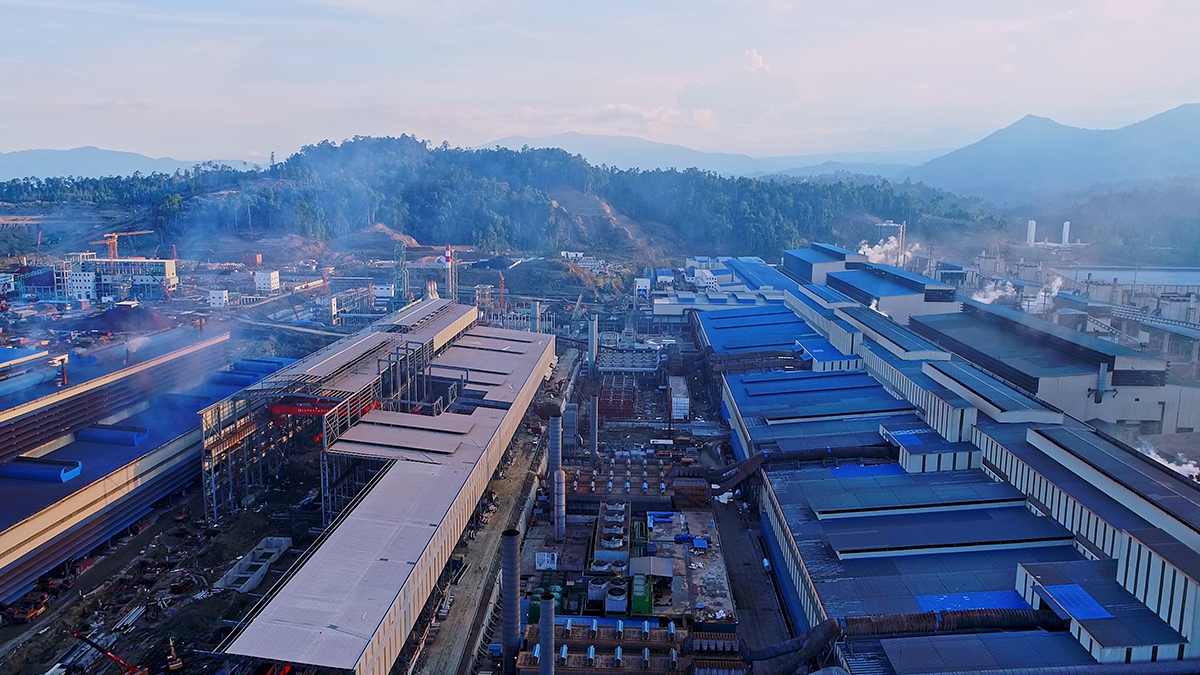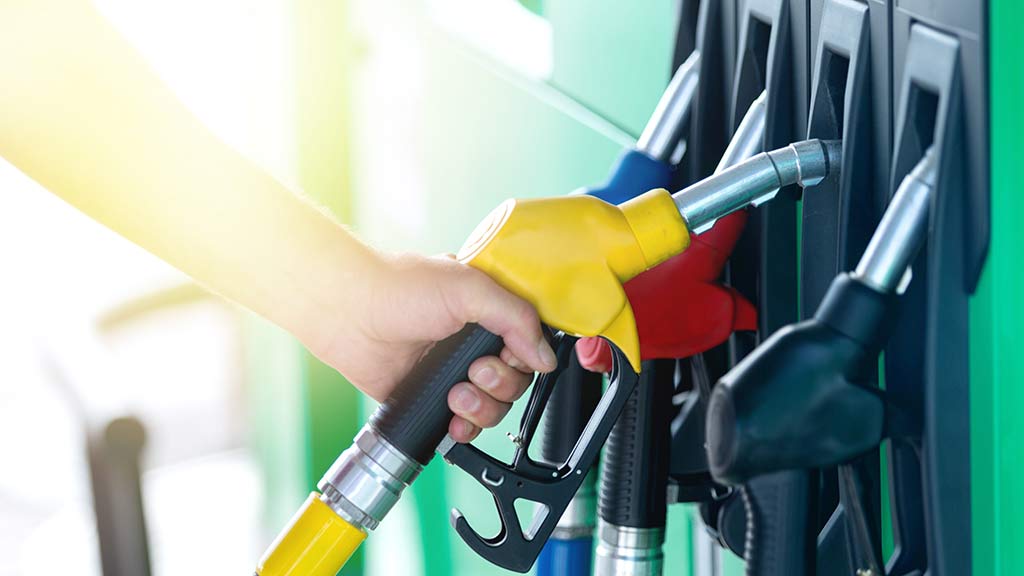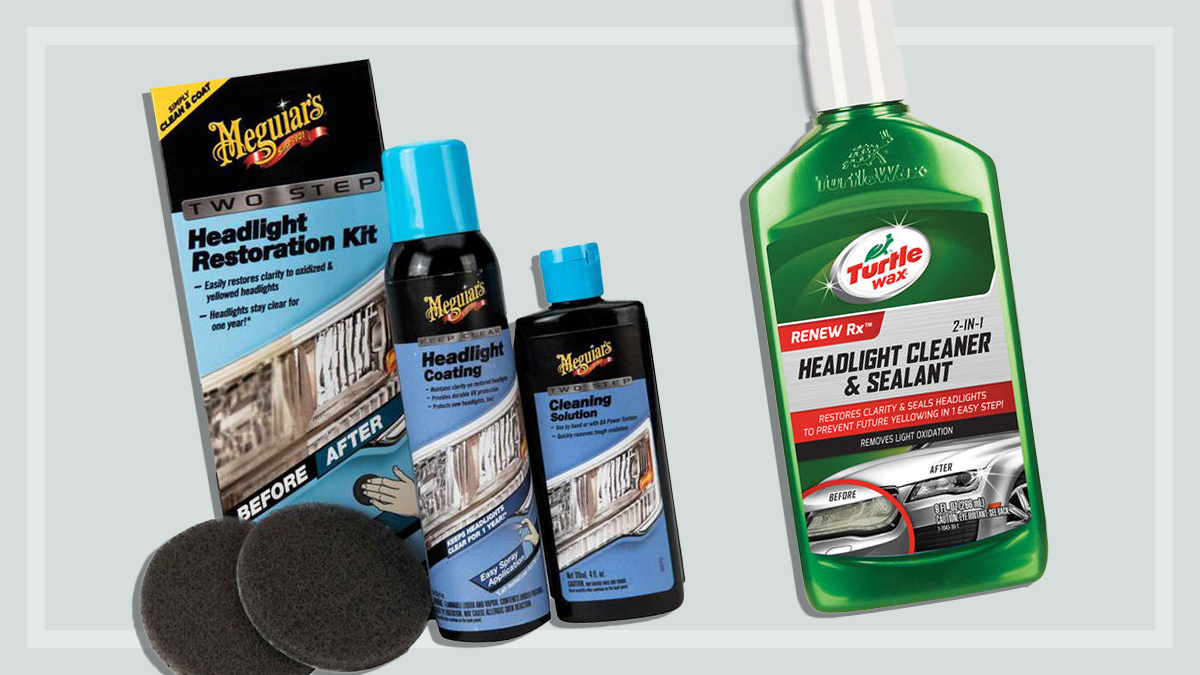Get our independent lab tests, expert reviews and honest advice.
Petrol and its alternatives: how you can save on fuel
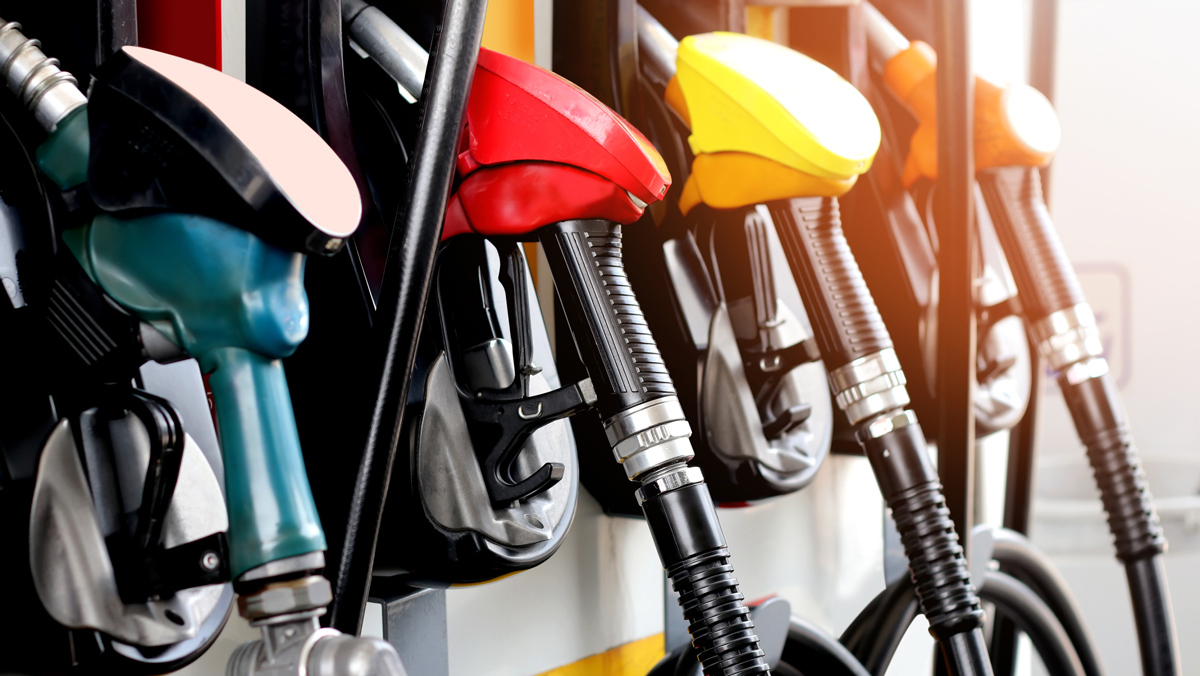
Want to spend less running your car? Then you’ll need to cut down fuel costs. While petrol prices go up and down every week, they’re pretty likely to stay on the rise in the long-term.
On this page:
- What are biofuels and how do they work?
- What is liquid petroleum gas?
- Save on fuel by choosing a hybrid car
- The pros and cons of electric cars
- Can you downsize your car?
- Driving tips to save on fuel
And with oil supplies dwindling and greenhouse gas emissions increasing, there are good environmental reasons to look at fuel alternatives. So how do you balance the budget and the environment when it comes to filling up your car?
What are biofuels and how do they work?
Like the name suggests, biofuels are made from newly-grown plant or animal matter. Biofuels aren’t new – Henry Ford’s first car ran on alcohol and Rudolf Diesel’s engine first fired with peanut oil. Two biofuels, ethanol and biodiesel, can be used in most existing motor vehicles and are pretty easy to handle.
In theory, using biofuels can cut down your car’s greenhouse gas emissions because burning them releases only the carbon that was absorbed when they were growing. That means releasing less CO2 into the air than the millions of years of carbon stored in the oil that powers most modern cars. But the green credentials of these fuel alternatives do come with some caveats.
The pros and cons of biofuels
Ethanol (E10) is an alcohol fuel usually produced by fermenting sugars from plants such as sugar cane, wheat and corn. Since 2011, the base unleaded fuel option in Australia is now E10 – petrol with a mandatory 10% ethanol.
Good points
- Made from many sources of renewable materials, including waste products like sorghum stems, spent grain or sugar cane.
- Reduces reliance on non-renewable oil.
- Lower CO2 emissions than petrol, when production and use are considered.
- Generally produces less local air pollution than petrol.
- Safe to use in most new cars at concentrations in petrol of up to 10%. Many new cars have an “E10 suitable” sticker near the fuel filler.
Bad points
- Pure ethanol has lower energy content than petrol (67%), which means you travel a shorter distance on the same size tank of fuel.
- Can compete with other crops for land use and therefore raise food prices, which harms poorer consumers in developing countries because food is a big part of their weekly costs.
- Agricultural production can damage the quality and biodiversity of the local environment through the clearing of native vegetation, monoculture production and introducing invasive species.
- Shouldn’t be used on some older vehicles – you can check the list of suitable cars at fcai.com.au.
- If produced with artificial fertilisers and transported a long way, energy return and greenhouse benefits can be low or negative.
- Minor modifications are required to run a vehicle on pure ethanol. Only E10 (a petrol-ethanol mix) is sold in Australia.
Biodiesel (B20) is a fuel produced from vegetable and animal oils. B20 is more commonly sold than pure biodiesel – it’s a blend of 20% biodiesel and 80% mineral diesel.
Good points
- Made from many sources of renewable materials, including used cooking oil.
- Reduces reliance on non-renewable oil.
- Significantly lower CO2 emissions than diesel, when production and use are considered.
- Biodegradable and non-toxic.
- Generally produces much less local air pollution than diesel.
- Pure biodiesel can be used in unmodified diesel engines or it can be mixed with regular diesel.
- If made from agricultural or cooking residues it’s cheaper than if made from specially grown sources, uses less land and water and has better CO2 performance.
Bad points
- Pure biodiesel has lower energy content than diesel (86%), which means you travel a shorter distance on the same size fuel tank.
- Can compete with other crops for land use and raise food prices, especially for poorer consumers in developing countries.
- Can damage the quality and biodiversity of the local environment via the clearing of native vegetation, monoculture production and introducing invasive species.
- If produced with artificial fertilisers and transported a long way, energy return and greenhouse benefits can be low or negative.
- Emits higher quantities of nitrogen oxides than diesel.
- Becomes less fluid in cold climates, so vehicle modification is required if using pure or high-proportion biodiesel blends.
- Limited but increasing consumer availability.
What is liquid petroleum gas?
Liquid petroleum gas (LPG) is extracted from natural gas or derived as a byproduct of the petroleum industry. Car LPG is a blend of mainly propane and butane, so you can’t swap it with the LPG you use to fire up the barbecue.
The pros and cons of LPG
Good points
- Causes less local air pollution than petrol.
- Some reduction in CO2 emissions compared with petrol for a given trip.
- Petrol and diesel vehicles can be converted for LPG use. Most car conversions enable dual-fuel use, for example, petrol and LPG.
- More than 3200 outlets sell LPG – making it more available than other alternative fuels.
- Substantially cheaper per litre than regular petrol because it requires minimal processing.
Bad points
- Made from non-renewable resources.
- Still emits a high amount of CO2.
- Lower energy content than petrol, which means you travel a shorter distance on the same size tank of fuel. You need about 30% more LPG to go the same distance as petrol.
- Requires expensive car conversion with an initial outlay of $2000–4000, so it’s more attractive for higher-mileage vehicles.
- Some new cars are built to use LPG only.
- Some vehicles can’t be converted due to space limitations.
- You’ll need to consider not only the current price of LPG, but what it might cost in future.
- A $2000 government rebate on LPG conversions ended on 30 June 2014, with nothing new on the horizon.
Converting your car to LPG
Before you convert your car, contact the manufacturer to find out whether it’s suitable, and whether the conversion will affect the car’s warranty.
All the components, as well as the installation, repair and maintenance of LPG systems, are covered by mandatory standards and other government regulations.
Only businesses that meet special licensing requirements are permitted to install, repair or adjust a car’s LPG system. Your state or territory transport authority can give you details of licensed installers in your area and has information on particular requirements. You’ll also need to tell them once your car has been converted.
It’s unlikely you’ll pay a different insurance premium for a converted car, but you should contact your insurer to make sure. In any case, you’ll still need to let them know once your car has been converted.
The components
An LPG conversion usually includes the following main components:
Tank: Although you can convert your car to run on LPG only, the LPG system is usually installed in addition to the fuel system (dual-fuel mode), greatly increasing the distance you can travel between fill-ups. LPG tanks are considered as safe, if not safer, than petrol tanks in an accident.
Fuel lock valve: Prevents the flow of gas when the engine stops.
Vaporiser regulator (converter): Regulates the outlet gas pressure according to engine demands.
Air/gas mixer: Mixes LPG vapour with air to light the fuel.
LPG control processor: Operates in conjunction with the car’s on-board computer to accurately meter the amount of gas for increased economy.
If you’re going for a duel-fuel conversion you’ll need to make sure that all emission control, engine control and engine management systems and devices remain operational.
You’ll also need to use the fuel system every now and then to keep it functional and safe – recommendations range from 10% to 30% of the time.
When will it pay off?
LPG costs about half as much as unleaded petrol, but it doesn’t contain as much energy as petrol – you’ll need about 20% more LPG to drive the same distance.
The payback time depends on the number of kilometres you drive each year, your car’s fuel consumption, the cost of the conversion and the price difference between petrol and LPG.
Make sure you assess your situation before you convert to LPG – it may take longer to pay for itself than you want to keep the car for. For example:
- You drive your family car for 20,000 km a year – mainly in city traffic, where it uses about 12.5L/100km of petrol.
- On average, you pay $1.40 a litre for petrol, and 78 cents a litre for LPG.
- Your petrol costs are $3500 per year.
- The same distance travelled with LPG costs $2340 (at 15L/100km) – a saving of $1160.
- Say the conversion costs $3000, it will pay for itself after two-and-a-half years.
Using the same calculations for a small car using 8L/100km of petrol (and 9.6L/100km of LPG), travelling 10,000km per year and being converted for $1600: the savings are $371 per year, and it’ll take about four-and-a-half years to recover the conversion costs.
Save on fuel by choosing a hybrid car
Biofuels and LPG aren’t the only alternatives to petrol. Hybrid and electric cars can help cut your costs and reduce your impact on the environment.
Hybrid vehicles use two fuel sources. For example, a car that can switch between LPG from one tank to petrol from another could be considered a hybrid. The original hybrid, the Toyota Prius, combines a conventional petrol engine with a rechargeable electric battery to achieve better fuel economy.
The Prius boasts tiny average fuel consumption figures of 3.9L/100km, and its batteries recharge during normal driving when you’re decelerating. The catch, of course, is the high purchase price. This puts the relatively small Prius on par with many medium-sized passenger vehicles when it comes to whole-of-life costs. The same applies to most of the other hybrids on the market.
The pros and cons of electric cars
The technology to power electric cars has been around for a long time, but it’s really only in the past decade that major car manufacturers have been investing in the area. True electric cars are powered only by rechargeable electric batteries.
Electric cars have some big positives: no combustion engine means virtually no noise, they’re cheaper and easier to power up because you can do both at home, and their CO2 emissions are generally much lower than petrol vehicles.
However, they do come with some drawbacks. Generally electric cars are expensive, with most models sitting in the $40,000–60,000 range. They also have a more limited driving range than hybrid or petrol models – ranging from 170–700km on one battery – which can mean ‘range anxiety’ for drivers on longer trips. The bigger the range, the higher the price.
Most big car brands have at least one electric model available, but the total Australian market is still very small compared to conventional petrol-fuelled cars.
Can you downsize your car?
If doing without a car is not an option, you don’t necessarily have to buy a “green” car to make a significant difference to your bills and the environment.
Choosing the right car for your needs and driving style has a massive impact on your costs. If you’re just driving around town, you may not need a family car. Instead, an inexpensive two-seater can have comparable fuel use and emissions to a much more expensive hybrid.
Small cars can cost about one third less to run than a 4WD, and they’re often cheap to buy, so their whole-of-life costs are less than half that of a 4WD. Could a rental 4WD cover the times you need off-road or towing capacity?
Check the fuel labels when buying a new car
When you shop for a new car, good fuel efficiency should be a must-have. It’s easy – all new vehicles have to carry a fuel consumption label. If space for seven is what you need, buying a medium-sized people-mover instead of a large 4WD will save you money both at purchase time and at the petrol pump.
While electric and hybrid cars make up most of the Green Vehicle Guide’s top 20 performers, you’ll generally find a few small petrol models in the list. Similarly, the models with the top star ratings on the Vehicle Emissions Star Rating site are electric and plug-in hybrid models with 5.5 or 6 stars, with the better petrol and diesel models coming in at 4 stars.
So if you want to stick with petrol, find a car that runs on regular unleaded fuel, has respectable fuel use and emissions figures, is cheap to buy and is popular enough that you may be able to find a recent second-hand model.
Driving tips to save on fuel
Driving smarter and less is part of the solution. When half the car trips in Australian cities are less than five kilometres, we could all look at driving less often. Converting even a few of these trips to walking, cycling or public transport makes an impact.
We’re not all able to switch cars or fuel type in the short term, so remember that in addition to the car and fuel, driving style also determines your costs and the costs to the environment.
If you only need a car occasionally, car-sharing schemes can be a great alternative. Sign up and you can book a vehicle online or over the phone for as long as you need it. They currently operate in most major capitals and some larger cities.
Become an eco-driver
A car’s reported fuel consumption, in litres per 100km, is based on driving under standardised test conditions, but your driving style can increase that figure dramatically.
“Eco-driving”, as it’s been termed, is not only good for the environment, but can save you money and stress as well. Here’s how you can be an eco-driver.
- Plan your trip well. Try to achieve several tasks with the one trip.
- Take your time. You’ll use less fuel if you drive a bit slower.
- Shed the load. Take unnecessary items out of the car and take off your roof rack when it’s not in use.
- Keep it smooth. Avoid hard braking and acceleration.
- Switch off. Ease up on the air-conditioning, and stop the car and walk in to the fast food restaurant rather than idle in a long drive-through queue.
- Maintain it. Regularly check your tyre pressure is right for your car and tyres, and have your car serviced often.

